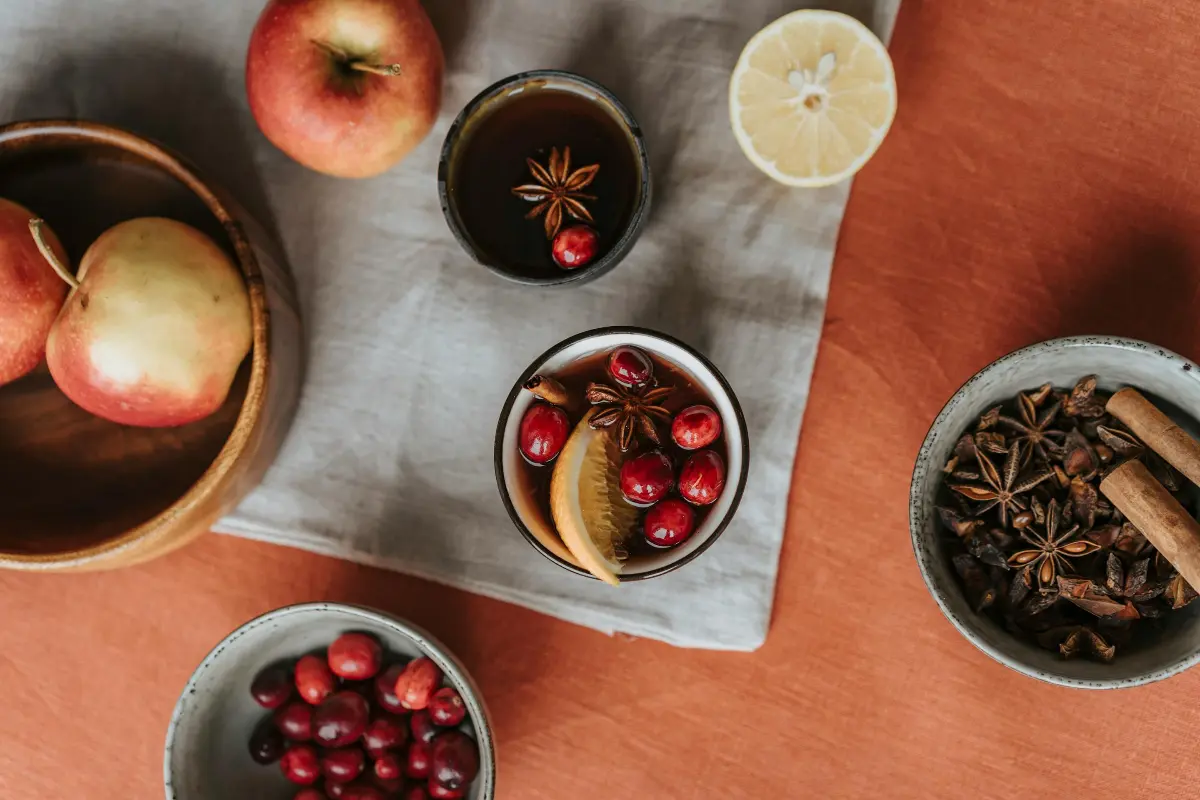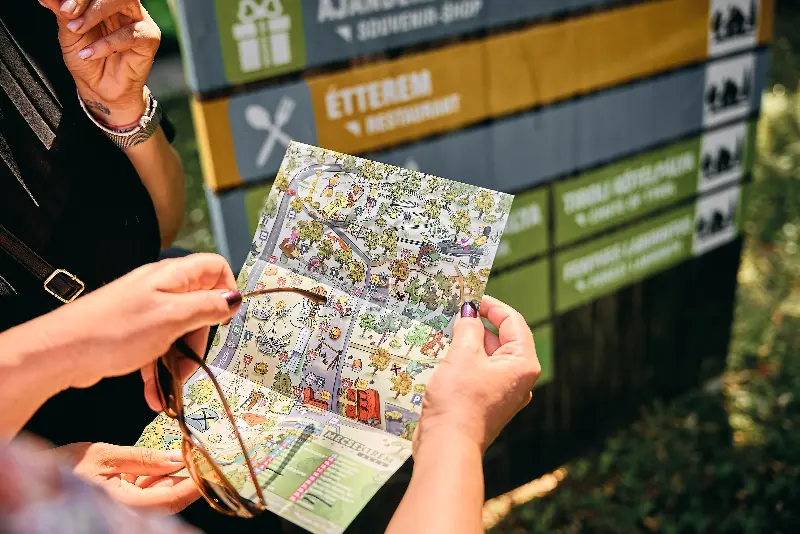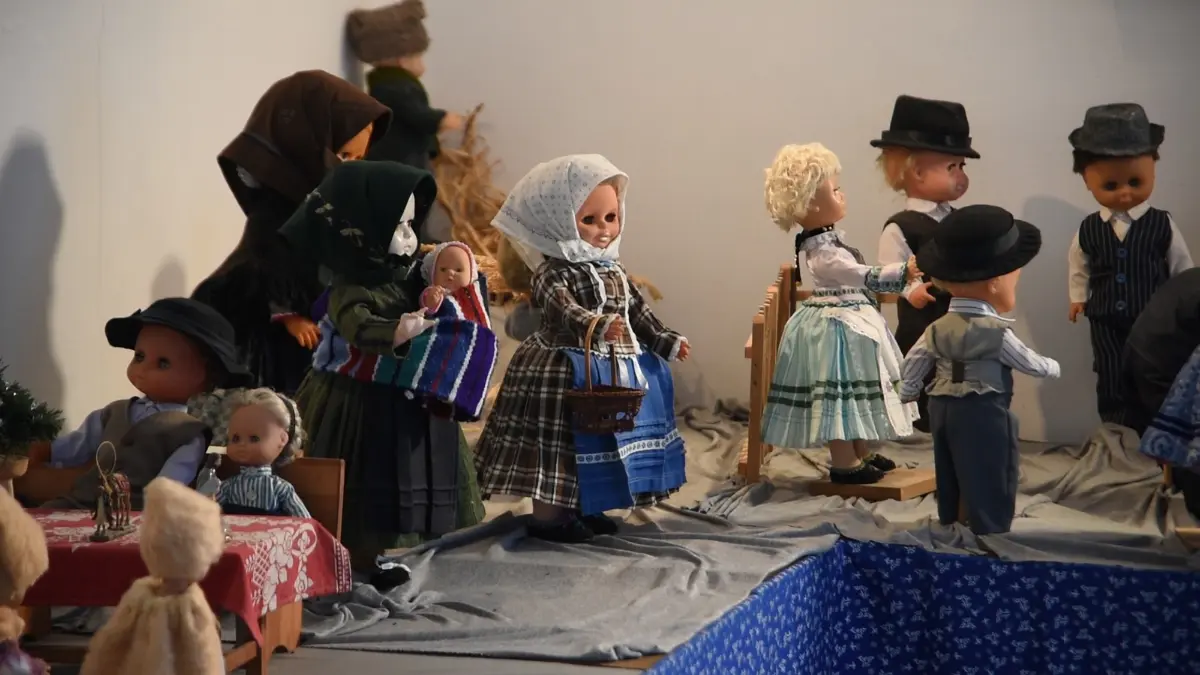
Helyszín címkék:
Village life captured with dolls in Geresdlak
Németh Krisztina
Entering Geresdlak in Baranya, you will immediately notice that besides the Hungarian flag, there are also flags of several nationalities flying on the buildings. In addition to the Dutch, who settled in the village 15 years ago, the Swabians also play a significant role in the life of the village. Its community strength has also made it nationally known thanks to the gingerbread village or the steam dumpling festival. The list of attractions is now complete with the lesser known but nationally unique Doll Museum, created by the women of the Doll Sewing Club. The Club was founded in 2007 with the aim of preserving the disappearing local folk costumes and customs of Geresdlak. Hard-working women have been sewing and decorating the residents of the Doll Museum for years.
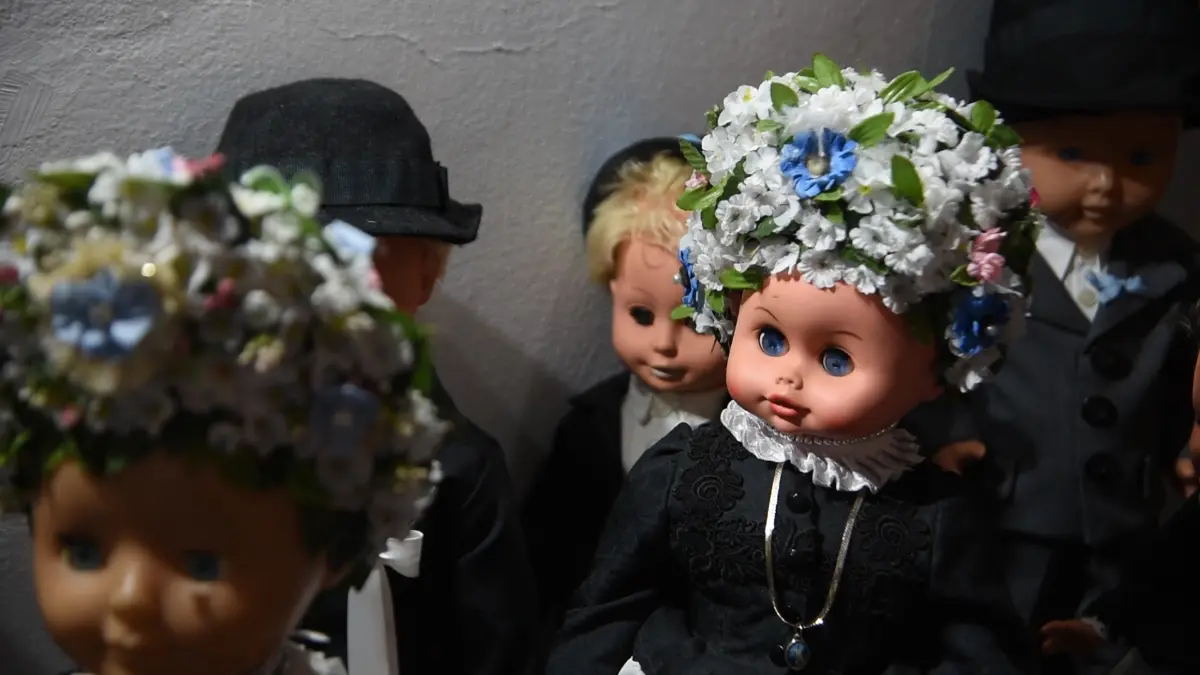
They will also demonstrate the old tricks of feather plucking and corn threshing with the help of dolls
- All the clothes are sewn by hand. In addition to everyday, festive and ballroom costumes, the women even made wedding dresses to preserve the local tradition for posterity, says Margit Schulteiszné, the exhibition’s director.
- All the dolls at the exhibition are wearing shirts and waistcoats of their own making, and the women are wearing aprons and skirts, just like they used to wear in the old days, adds Margit. There is a procession on the Lord’s Day, but the old crafts of the village are also brought to life, such as the blacksmith, the tinker and the painter.
A female doll wearing a headscarf is considered married.
- The headscarfs were worn by young women after they got married. That’s why we use the Hungarian phrase: they’ve bandaged her head. Girls who received the headscarf at the age of 16 or 17 could no longer take it off. That’s how they knew they were married women,” Margit tells us.
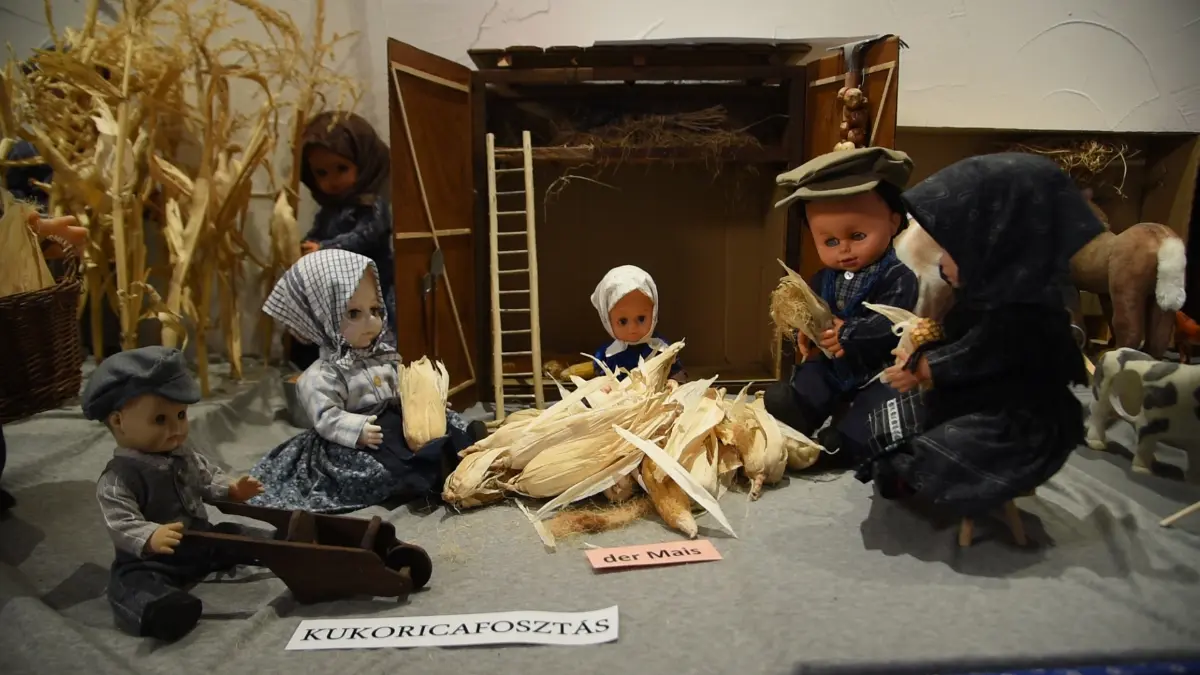
The members of the Doll Sewing Club are retired women who not only once wore these clothes, but lived in the midst of these customs. So they were very helpful in giving advice on how to make the clothes and how to decorate each of the life pictures.
In Geresdlak, you can also take a walk around the museum. The houses faithfully preserve the Swabian way of life and precision. The elongated parcels, the so called belt plots, are very narrow but long plots. They were once divided up like this so that everything had a function. It was not uncommon to see a row of buildings 100 metres long, with the dwelling at the front, followed by the farm building and the barn, and finally the stables for the smaller cattle. Such an arrangement can be seen in the Geresdlak country house. In the clean room of this house, visitors can admire centuries-old clothes.
- Swabian costumes are best seen in the Doll Museum. The working dress was the so-called tracht skirt. It consisted of a scarf, an apron and a top skirt, and a bottom skirt – Margit shows the many layers on the dolls.
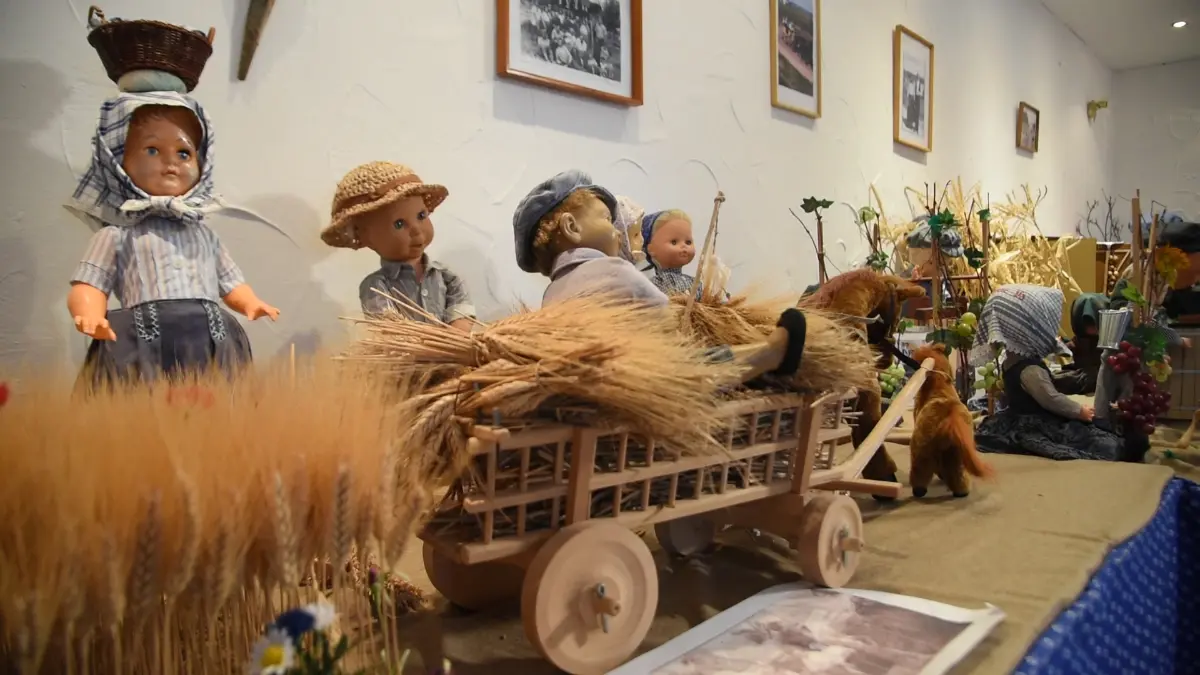
Work processes are displayed according to the seasons at the Doll Museum
- After sowing, the harvest is also depicted here, with a basket on the doll’s head. In the old days, this was the way a wife used to take her husband his lunch. So they didn’t have to go home for lunch, they saved a lot more time and were able to work longer,” explains the museum director.
- Corn threshing, pig slaughtering and masquerading will be demonstrated as a winter pastime, but you can also watch the holidays in the miniature doll world.
A lot of schoolchildren come to the exhibition, because the exhibitions maintained and run by the German Municipality are included in the German ethnography textbooks, and from April 2023, all permanent exhibitions are included in the Baranya County Register of Values.



